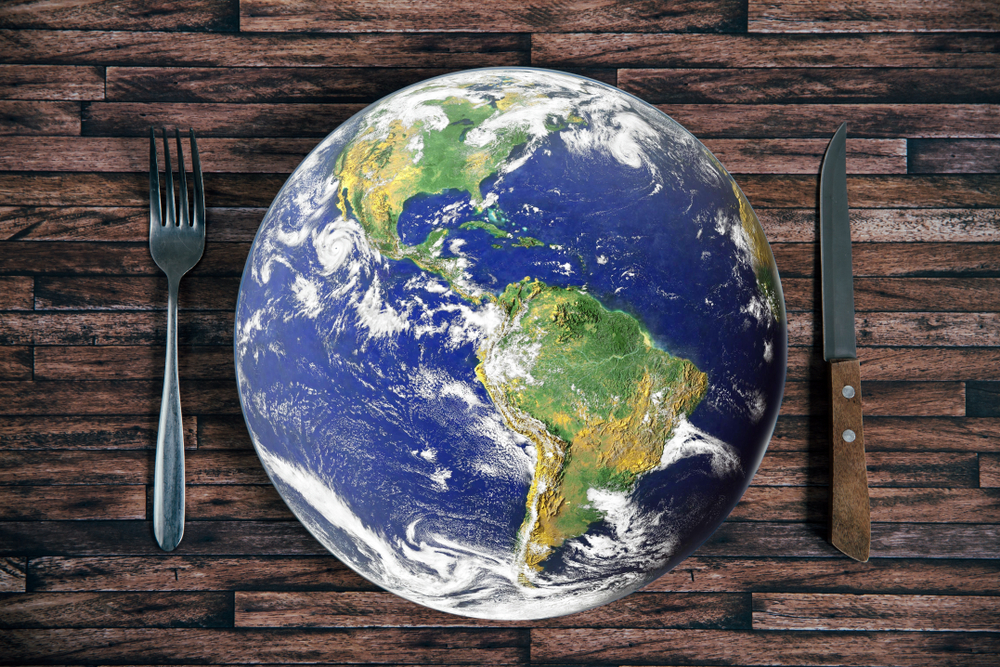New York Times Gets Food Impact Story Right… Almost
Hats off to the New York Times for its recent article, Your Questions About Food and Climate Change, Answered, which helps consumers quantify the impact of their food choices. Educated shoppers will find their tips helpful, but could also use a healthy dose of perspective to incorporate the realities of food production into decision-making.
Shrimp Farming Does Not Target Mangroves
When addressing food security and the world’s growing population, the Times recognizes the important role of aquaculture. “If we are going to eat more seafood in the coming decades, most of that increase will likely come from fish farms, also known as aquaculture.” The article goes on to say that “sometimes” fish farming can be climate-friendly, but veers into dated statements about shrimp farmers clearing mangrove forests to make room for ponds. The expansion of modern, commercial shrimp farming does not target mangroves. These natural wonders are not under threat from the aquaculture operations that put healthy delicious shrimp on American plates, period.
Fisheries Deserves Higher Recognition
In the article, wild-caught seafood gets a nod “for a relatively small climate footprint.” A relative understatement, when one scientific survey finds in order to replace commercial wild-caught seafood with land for animal grazing, it would take an area equivalent to 22 times the world’s rain forests. Other charts in the article list the average greenhouse gas impact for certain food groups and leave out wild-caught seafood altogether – which would likely be one the lowest levels on the list. Managed responsibly, seafood is a healthy, renewable resource that provides an incredible amount of protein to the world. It deserves a bigger nod.
Real Science-Based Resources
Throughout the article, the Times links to a multitude of reputable outside sources. It’s discouraging, however, to see readers referred to Monterey Bay Aquarium’s Seafood Watch as a “science-based” option to help them decide which seafood to purchase. To be clear, Seafood Watch is not a public health organization, it is an NGO with a conservation focus and has recommendations so restrictive, if people actually followed them, much of the seafood Americans eat would be off limits. This is problematic since Americans are already deficient in seafood. The organization has come under fire recently for its confusing and sometimes contradictory guidelines.
A better resource is the National Oceanic and Atmospheric Administration (NOAA)’s Fish Watch website. NOAA Fisheries is responsible for the stewardship of the nation’s ocean resources and their habitat. Under the science-based framework of the Magnuson-Stevens Act and NOAA’s efforts, 45 stocks have been rebuilt and the number of stocks on the overfishing and overfished lists remain near all-time lows.
Seafood is Part of the Solution
Despite all the hand wringing and brow furrowing so often associated with seafood sustainability, consumers presented with facts and relevant perspective find that seafood is part of the solution.



